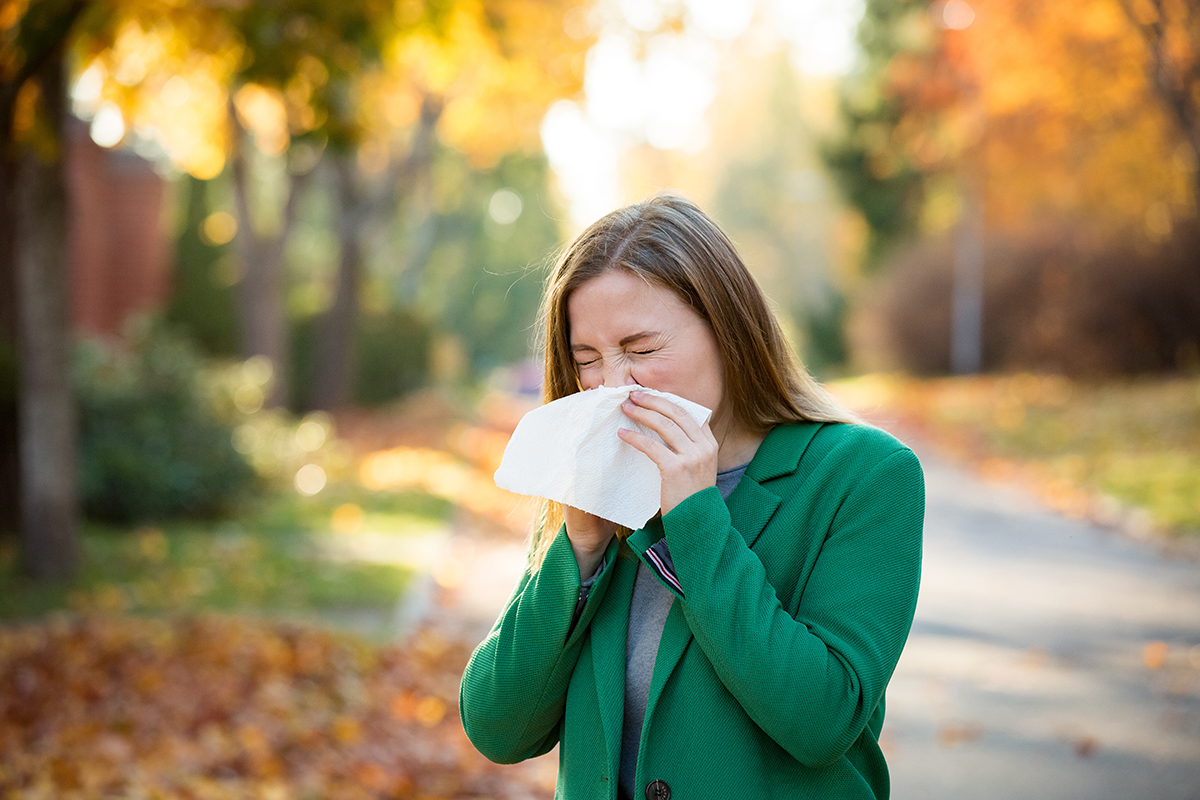Ashford Clinic Blog
Fall Allergy Guide 2021
 It's the season of pumpkin spice, vibrant leaf colors, and . . . ragweed. Fall allergies are typically uncomfortable for people with ragweed allergies, and if you think that they seem to get a little worse each year, you might be right. Over the last few years, studies have shown that allergy season has been lengthening.
It's the season of pumpkin spice, vibrant leaf colors, and . . . ragweed. Fall allergies are typically uncomfortable for people with ragweed allergies, and if you think that they seem to get a little worse each year, you might be right. Over the last few years, studies have shown that allergy season has been lengthening.
Ragweed isn’t the only culprit though. Depending on where you live, oak, birch, and cedar can also cause pollen issues for people who are sensitive to them.
There are steps that you can take to make living through fall allergy season a little easier though, and that starts with keeping the pollen outside. As tempting as it can be to throw those windows open, keeping them closed will help keep that pollen out. This is especially true for windy days or days when the pollen count is higher. Single room and whole-house air purifiers are also helpful when it comes to battling pollen indoors.
Change your clothes when you come home, shower off, or at the very least make sure that you’ve thoroughly washed your hands. This is especially important before bedtime since allergies can impact your quality of sleep.
When you’re outside, masks can help you avoid breathing in as much of the pollen particles or other allergens like pollution for exhaust fumes. Hats can also keep pollen from accumulating in your hair or on your face. In other words, covering up can help keep those irritants away from your eyes, nose, and mouth.
If possible, start your medications early - just ahead of your allergies. It’s also important to know what you’re allergic to, and allergy tests are the best way to be certain. Once you do know, your ENT can help you find the best treatment plan for your allergies. Here at the Ashford Clinic, we’ve found that allergy drops are highly effective for helping your body develop a natural immunity to allergens. To learn more, give us a call!


